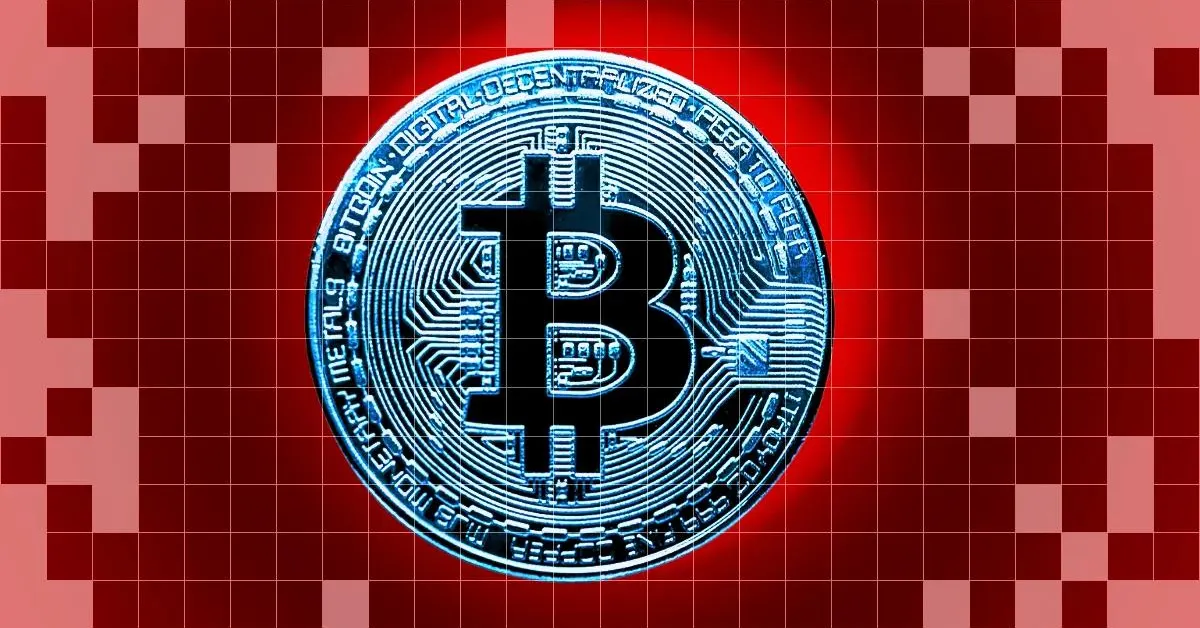Ethereum (ETH) co-creator Vitalik Buterin aims to scale Ethereum to over 100,000 transactions per second (TPS). This target is part of a long-term strategy focusing on improving both Layer 1 and Layer 2 networks.
Buterin outlined these objectives in a recent blog post, emphasizing the need for robust scalability while maintaining decentralization and security.
Vitalik Buterin Addresses Ethereum Scalability Challenges
Vitalik Buterin’s roadmap states that a rollup-centric approach emerged from sharding with the Layer 2 protocols. Despite these challenges, he is confident that rollups will remain Ethereum’s favorite scaling method.
– Advertisement –
Another significant problem is achieving speed while maintaining Ethereum’s core principle of decentralization. Optimizing data availability sampling resolved the problem of high scalability.
This technique ensures data availability without requiring each node to store all the information. According to Buterin, Ethereum’s Dencun upgrade has also delivered improvements, but speed limitations on the network remain unsolved.
Ethereum Considers Raising Gas Limit Cautiously
Ethereum‘s throughput is significantly improved thanks to Buterin’s medium-term target data availability of 16 MB per slot. That would significantly increase the network’s TPS to several tens of thousands—much higher than the network can operate today.
It may be insufficient for some applications, such as decentralized social platforms or payment systems. Buterin proposed Plasma, an off-chain solution where data sets are posted to on-chain via Merkle roots to solve these high-bandwidth business use cases.
Plasma could aid in scaling Ethereum for ‘high-volume, low-value’ apps—i.e., fast processing and low fees. Another one he suggested was raising the gas limit, but he thought this would fundamentally undermine the decentralization of Layer 1.
Buterin suggested that Ethereum may achieve greater efficiency by charging fees based on the type of calculations needed. He also considered using a more efficient bytecode format (EOF). With both strategies, the idea is to make Ethereum faster without affecting its core values.
Ethereum Scaling Aims to Preserve Core Values
However, Buterin cautioned of economic consequences from the mismatch between Layer 1 and 2 scalability. Disturbingly, if Layer 2 is too efficient compared to Layer 1, it could destabilize Ethereum’s ecosystem.
If Layer 1 is too slow or centralized, the value of ether as an asset might be under threat. Buterin said the effective gas limit strategy was essential to addressing these concerns. However, he said he has not seen a clear plan for growing the gas limit without harming decentralization.
Instead, he aims for specific improvements in Ethereum that will make certain areas of it cheaper. The obvious challenge is scaling, but Buterin is optimistic that Ethereum will scale without sacrificing what made it work.
He envisions Ethereum’s refining rollups in conjunction with other solutions, such as Plasma, helping to absorb the next wave of decentralized applications. Finally, Buterin hopes Ethereum will become a more scaled, secure, decentralized platform.









